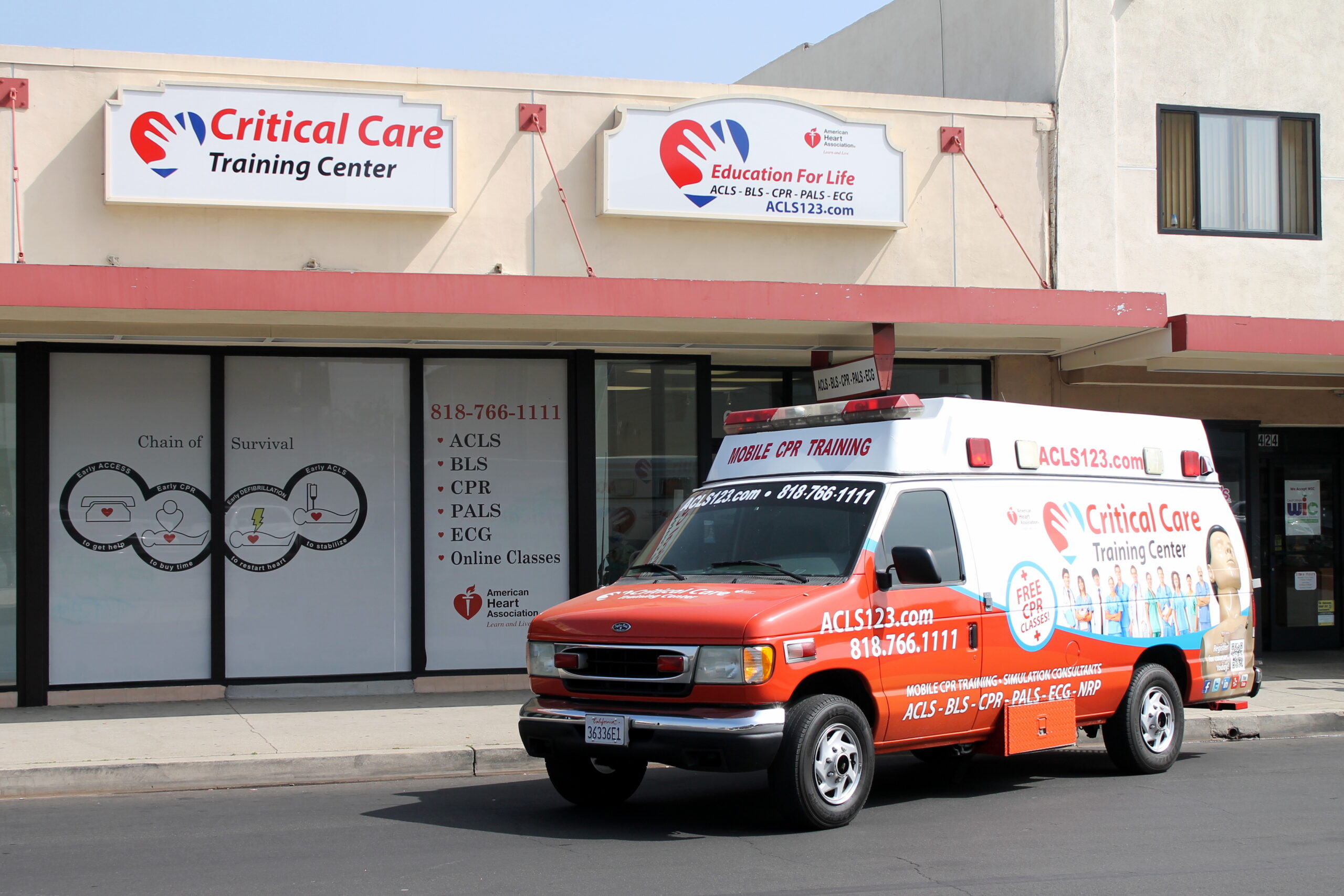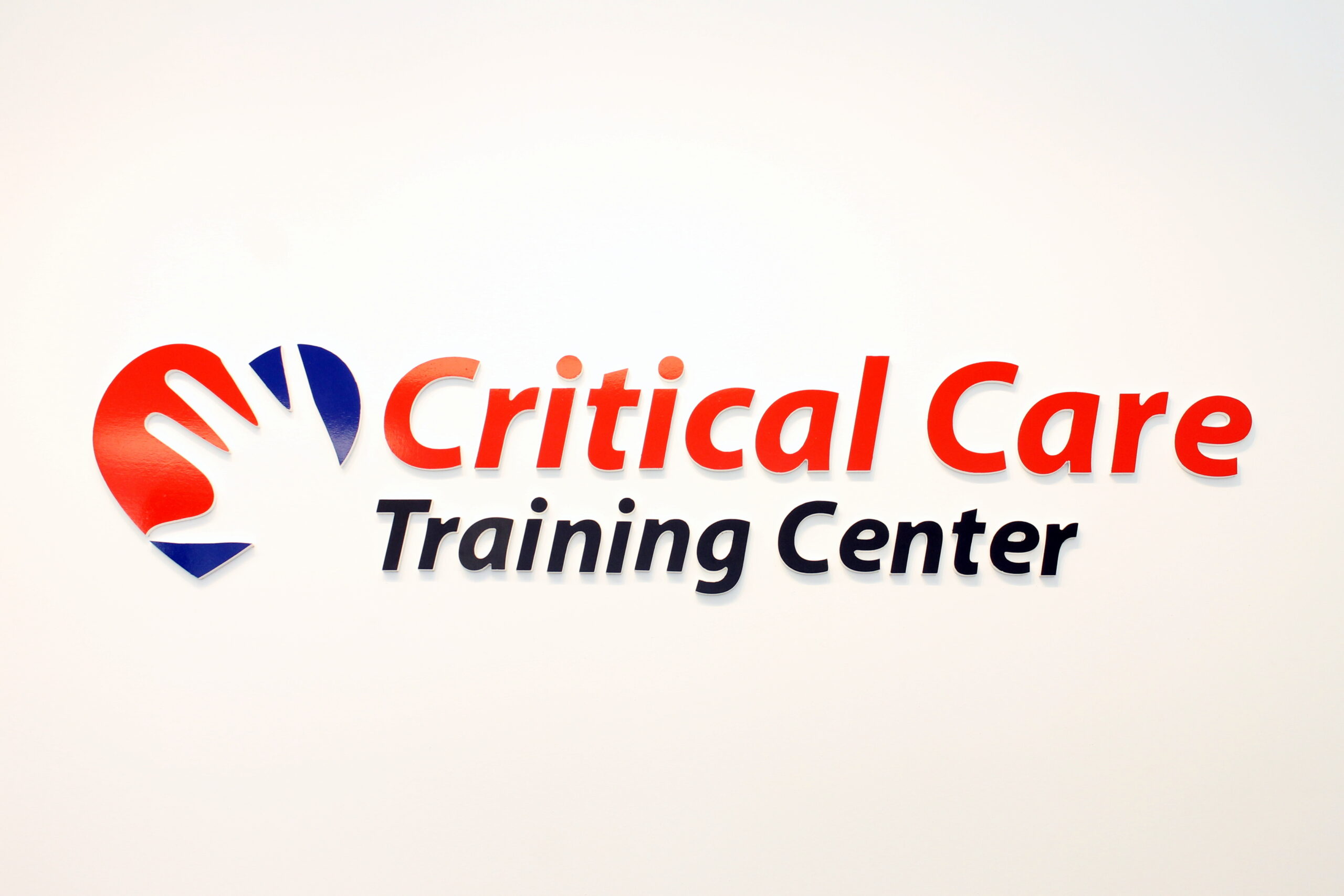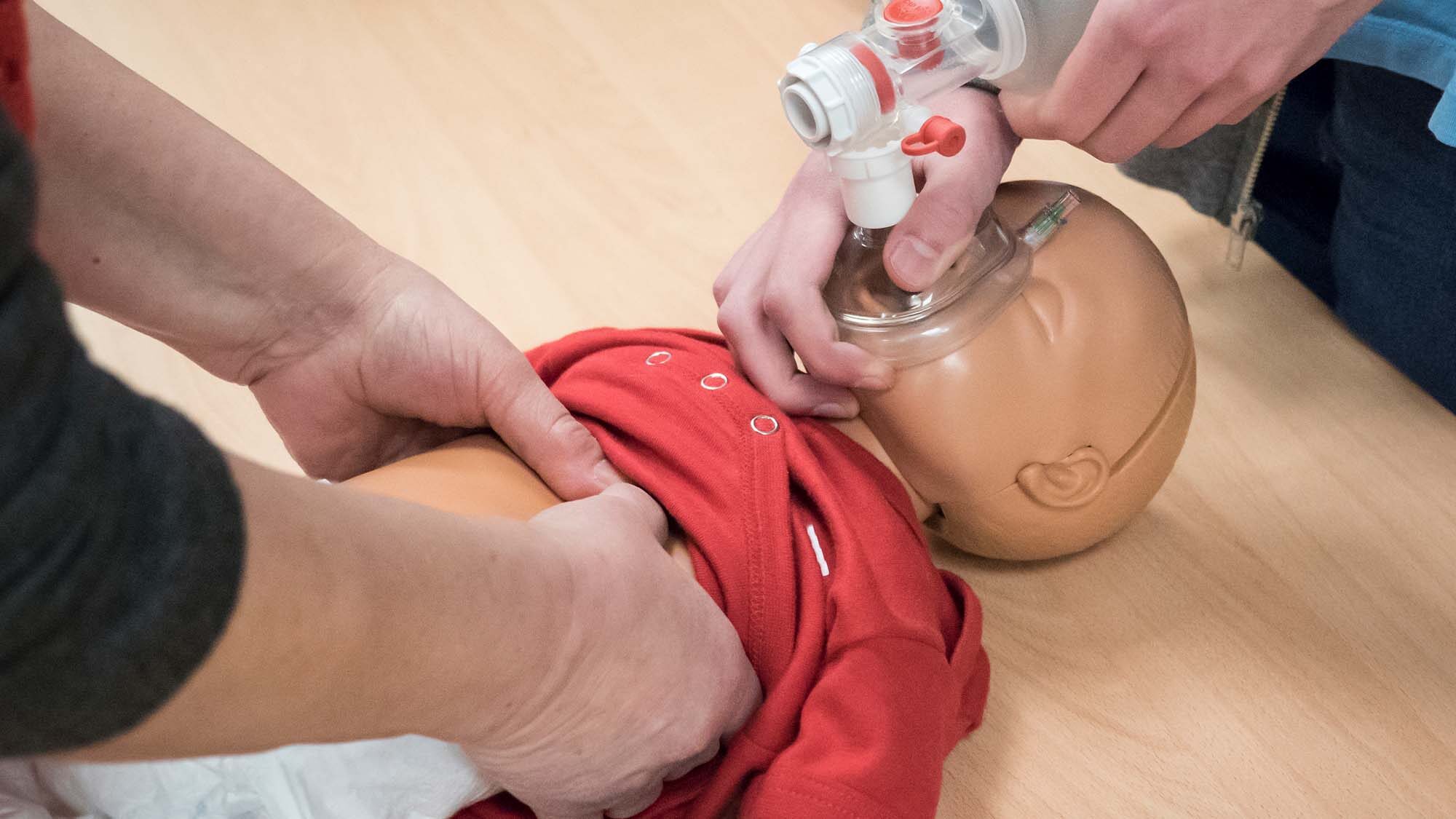Essay by: ISP055
While cardiopulmonary resuscitation (CPR) is being rendered to an individual, every second counts. Unfortunately many people are not trained in the life saving techniques of CPR and are hesitant to administer aid. Because of this fact, CAB (chest compressions first) is now actively encouraged over ABC (breath first) during CPR because of the numerous benefits it offers to the victim.
In popular media CPR is commonly portrayed as someone giving mouth to mouth resuscitation to the victim; many lay persons see this and are hesitant to provide this form of aid because of concerns to their personal safety, due to the fear of contracting a disease, or not know the correct way of providing CPR. To address this issue the American Heart Association have changed procedures so that chest compressions come first, before breath is used by people with no, or very little, CPR training. The act of immediate chest compressions allows the remaining oxygen in the lungs and bloodstream to be pumped to the brain and heart (A new order for CPR, 2010). This is important because about four minutes without oxygen the brains’ cells begin to die; it is imperative that oxygen reaches the brain as soon as possible after the heart stops beating to prevent cell death (Smith, 2011). Many people are also hesitant to administer aid because they may not know the correct ratio of compressions to breaths. The hands only CPR helps eliminate this because it is only 100 chest compression per minute.
CAB helps eliminate the fear of contracting disease while also allowing the first responder to administer lifesaving chest compressions. For a bystander, bypassing the ABC method of CPR in favor of CAB allows for a much larger margin of survival for the victim than if no aid were provided at all.
References
A new order for CPR, spelled C-A-B. (2010). Retrieved from
Reference Link
Smith, N. (2011). Anoxic Brain Damage. Retrieved from
Reference Link









